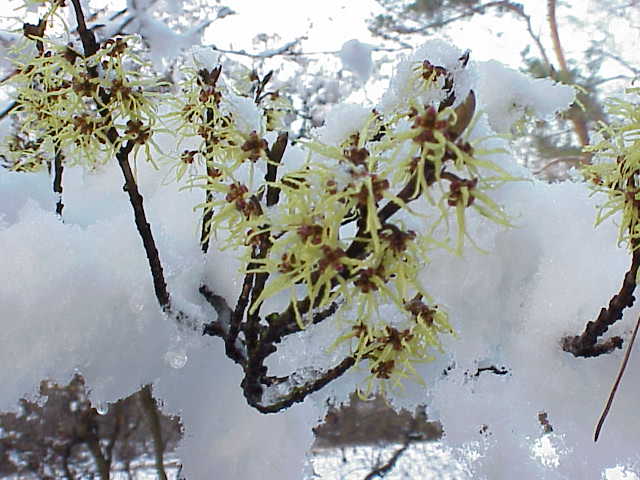This is No 4 in a series of bulletins regarding the threat posed to our area by the Spotted Wing Drosophila. Click on the Fruit Fly tab above for all the bulletins.
FRUIT FLY – BULLETIN #4
March 5, 2014
What can we do now in March to deal with the
Spotted Wing Drosophila (SWD)?
I have read that the brutal winter back east may have helped the blueberry farmers there in their battle. Our late freezing spell here has definitely dropped the number of local over-wintering SWD, but there will still be enough of them who have survived in walls of houses and sheltered sheds, etc, to start their breeding cycle all over again about May when the weather warms up. However, the good news is there may be less of them to start with this year! So let’s be prepared to take advantage of this.
This month is the good time to concentrate on:
1. Getting control over your blackberries
2. Stocking up on supplies to make fruit fly traps.
1. Blackberries
Blackberries are everywhere here, and they are one of the biggest host plants for SWD,
both as host fruit for feeding and breeding, and as over-wintering habitat. At the personal level, let’s try to get blackberries on or near our properties cut back to just what we can“pick early, pick often, pick clean.”
a. Stop young blackberry plants from getting established
March is the ideal time to pull up small blackberry plants and also the new plants taking root where cane tip are touching the ground. Right now, the earth is still soft and moist,
and the roots have not grown too deep. Even the root knuckles of big clumps are easier to get out at this time. Wear a good pair of tough gloves and start ripping.
b. Stop big blackberry bushes from producing fruit that will not be picked
Blackberries bear their fruit on the second-year wood. If you cut off last year’s wood,
you will get nice first-year growth of just leaves this summer, but no flowers or fruit.
Now is the good time to see where all the old branches are before the leaves start to hide them. Cut them down to the ground if you can manage. Try to get rid of canes that are growing through trees, over sheds and through rock piles and down steep banks. Just
chip them to a mulch, or stack them up for burning in April – or leave them in a corner of your property to be a play-station for birds. If you find shriveled fruit on the vines, treat
it as potentially housing SWD (although we hope the freeze in January killed these).
Don’t remove these canes from your property as this spreads infestations. Burn these
fruits, put them in your freezer for two days, bury deep or solarize them. Just leave a
selected blackberry patch for your own picking if that is what you want, and pick it clean.
Hack out all those other clumps.
c. If your neighbours have fruit trees or bushes on their property that are not cared for,
perhaps give them a copy of this article and see if they want to sign up to receive the fruitfly bulletins.
2. Start to stock up supplies for fruit fly traps
SWD breed at a great rate and there will be a new generation every few weeks once the warm weather arrives. It is at the fly stage that we have to deal with them, and we must do this early before the number explodes. One easy and organic method to reduce numbers will be to set out bottle traps as soon as you know the flies are around. We can
trap a lot of SWD just in baited jars.
We will write more about the actual methods closer to the time. All you need is a jar with a tight-fitting lid; jars can be either glass or plastic, but clear glass allows you to see what is happening. You bait the jar with some cider vinegar and poke a few small (vinegar-fly size) holes in the lid, set it out when we know they have appeared (we’ll be keeping watch for them and we’ll alert you) – and they will be attracted in. Every mated female we can trap early will potentially reduce the multiplying population later in the season.
Our garden centres will also be carrying supplies of various kinds of traps, and we will fill you in soon on what they have and the best uses for each kind of trap.
Last bulletin we wrote about getting large fruit trees trimmed down to manageable size. I
have heard some growers talking about doing this and about getting unused trees cut down. Good stuff!
Don’t despair. Remember, we can still grow fruit. Let’s be pro-active to control the SWD this year, and “Pick early, pick often, pick clean”.
Best wishes,
Margaret







